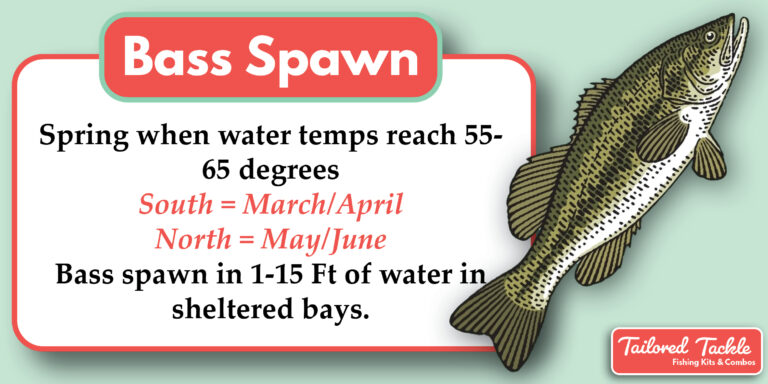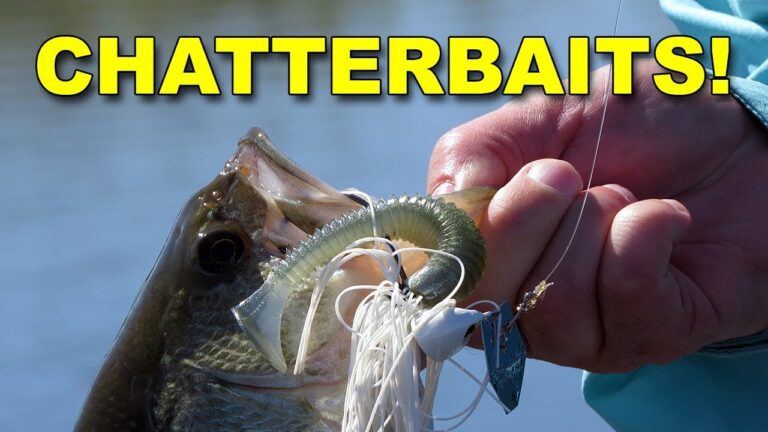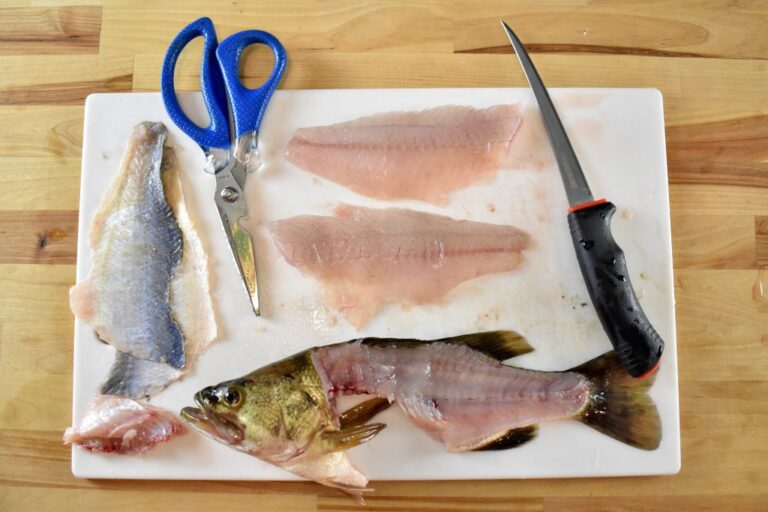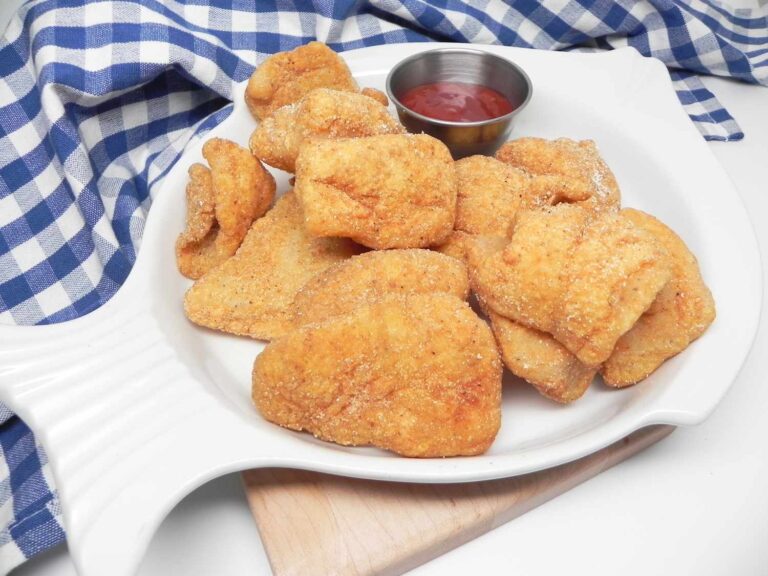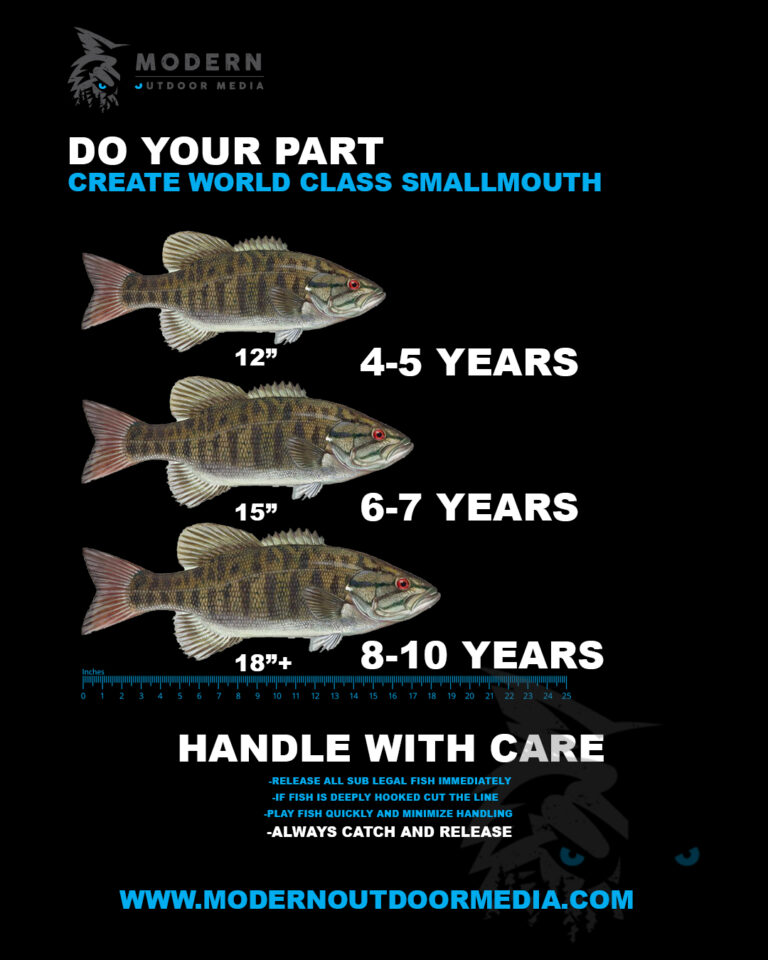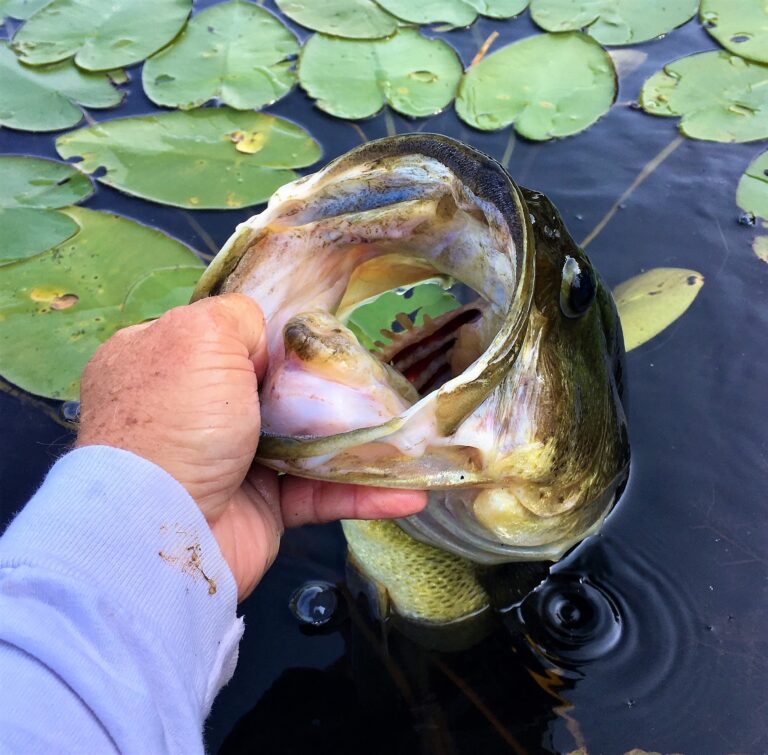How to Use a Jig for Bass

To effectively use a jig for bass fishing, cast it out and allow it to sink to the desired depth, then proceed with a series of rhythmic rod twitches to mimic prey. Reel in slack line as you work the jig with upward jerks to entice a strike from bass.
Employing a jig can transform an ordinary bass fishing trip into an eventful catch. This versatile lure mimics the natural movement of prey, making it irresistible to bass lurking in freshwater depths. Mastering the technique requires understanding the jig’s behavior underwater and manipulating it to appear as a living creature.
Anglers should focus on areas where bass congregate, such as weed lines, submerged structures, or rocky outcrops. Selecting the right size, color, and type of jig is crucial to match the local environment and prey species. The cadence of your retrieve plays a significant role in success; it can often mean the difference between a fish’s curiosity and a decisive strike. Balancing subtlety with aggressive action is the key to unlocking the potential of jig fishing for bass.
Essentials Of Bass Fishing With A Jig
Mastering bass fishing demands the right jig selection. Certain factors are crucial. Jig weight, color, and trailer type top the list. Jigs can sink at different speeds. This depends on their weight and head shape. Lighter jigs work well in shallow water. Heavier options target deeper spots. Color matters in bass fishing. Match the jig color with the natural prey in the area. Look for dark, natural tones in murky waters. Bright colors perform well in clear waters.
The “Jig and Pig” is a top-choice lure among anglers. This setup mimics a crawfish. It combines a skirted jig and soft plastic or pork rind trailer. This blend presents a tempting meal for bass. Cast it near structures. These could be rocks, timber, or weeds. Jigs draw bass out of their covers. It triggers aggressive strikes. It’s a match for anglers eager to land trophy bass.

Credit: www.fix.com
Mastering The Technique
Flipping and pitching are key for catching bass with a jig. These methods let you place your jig into tight spots or heavy cover without spooking the fish. To start, master the overhand flipping motion – quick and controlled. It should be one fluid movement. Accuracy is crucial, so practice aiming at targets beforehand.
Pitching comes next, with a softer approach needed for stealthy entries into the water. For both techniques, keep the line tight to feel the bass bite. Choose a heavy line and strong rod for these methods, as they provide better control and power when wrestling bass out of cover. Work your jig slowly to mimic prey and entice strikes from those lurking predators.
Where And When To Jig For Bass
Jigging for bass is most effective around structures and cover. Look for areas such as submerged trees, rock piles, and docks. These spots often harbor the largest bass. Bass use these areas for shelter and to ambush prey, making them prime locations for your jig.
During spring and fall, bass are more active and found in shallow waters. Jigging near the shoreline or in shallow bays can yield impressive results. As summer heats up, bass move to deeper, cooler waters. Target drop-offs and submerged structures with your jig at this time. Winter fishing requires patience. Bass slow down, so you should too. Use subtle jig movements in deeper areas where bass congregate for warmth.

Credit: www.onthewater.com
Jig Color Selection
Choosing the right jig color is key to catching more bass. Match the hatch, meaning pick a color similar to local baitfish. This mimicry technique often results in a good catch. Consider the water clarity as well. In clear waters, opt for natural and subtle hues. Think greens, browns, or shads. Murky waters call for brighter options like chartreuse or white to stand out.
Don’t hesitate to experiment with colors. Sometimes, an unexpected shade triggers bites from curious fish. It can be worthwhile to switch things up! A blend of colors or a slight glitter can also be effective. Remember, each day on the water can differ, so adapting your approach is essential.
Tackling The Gear
Choosing the right tackle is essential for successful jig fishing. A medium-heavy rod paired with a baitcasting reel offers the needed strength and control. It’s best to look for a rod that is about 6 to 7 feet long. This length provides good castability and sensitivity. For jig fishing, a reel with a gear ratio between 6.3:1 and 7.3:1 works well, as it allows for quick retrievals.
The line choice is critical for jig fishing. Fluorocarbon line is often recommended due to its invisibility and sensitivity. It helps detect bites easily. A line strength between 12 to 20 pounds is ideal. This strength balances between being light enough for a stealthy approach and strong enough to pull bass out of cover.

Credit: m.youtube.com
Advanced Jigging Tactics
Mastering advanced jigging tactics boosts your catch rates substantially. Begin by analyzing lake maps to identify key structures. Look for drop-offs, ledges, and submerged cover where bass tend to hide. Once located, select a jig that mimics local forage.
Employ a vertical jigging approach over these structural hotspots. This involves casting your jig beyond the target, then working it back with sharp vertical lifts. These movements cause the jig to dart and pause, spurring a predatory response.
For aggressive bass, an erratic jigging style is effective. Use quick snaps of the rod, making the jig hop sporadically. This replicates a fleeing or distressed prey, triggering an instant strike. Always keep a tight line; it’s crucial for detecting subtle bites.
| Structure Type | Jig Action | Bass Response |
|---|---|---|
| Ledges | Vertical lifts | Targeted strikes |
| Drop-offs | Sharp snaps | Aggressive bites |
| Cover | Erratic hops | Instant reactions |
Frequently Asked Questions On How To Use A Jig For Bass
How Do You Fish For Bass With Jigs?
To fish for bass with jigs, select the right jig size and color for current conditions. Cast near cover or structure and let the jig sink. Work it back with rhythmic hops and pauses, maintaining contact with the bottom. Watch for line movement indicating a bite, then set the hook firmly.
When Should I Use A Bass Jig?
Use a bass jig in heavy cover, during pre-spawn or in colder water conditions. It’s effective year-round but excels around structure and weeds.
How Do You Jig Fish For Beginners?
Select a suitable jig and rod combo. Cast your line into a likely fish area. Let the jig sink and watch the line for twitches. Gently lift the rod tip to jig, then let it drop. Repeat the process, keeping alert for bites.
How Do You Rig A Jig?
Attach the jig head to your fishing line using an improved clinch knot. Thread a soft bait onto the hook, ensuring it’s straight. Cast the rigged jig into the water and retrieve it with varied motions to mimic live prey.
Conclusion
Mastering the use of a jig for bass fishing can significantly enhance your angling skills. Embrace the tips shared in this post; patience, practice, and adaptation are key. As seasons change and water conditions vary, your jig technique can make all the difference.
Cast with confidence and watch your catches increase. Happy fishing!
